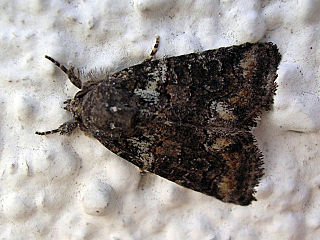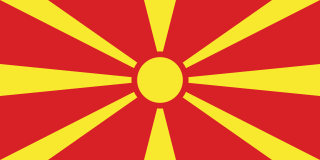Europe, the westernmost portion of Eurasia, is often divided into regions and subregions based on geographical, cultural or historical factors. Since there is no universal agreement on Europe's regional composition, the placement of individual countries may vary based on criteria being used. For instance, the Balkans is a distinct geographical region within Europe, but individual countries may alternatively be grouped into South-eastern Europe or Southern Europe.

The South Slavic languages are one of three branches of the Slavic languages. There are approximately 30 million speakers, mainly in the Balkans. These are separated geographically from speakers of the other two Slavic branches by a belt of German, Hungarian and Romanian speakers.

Southeast Europe or Southeastern Europe (SEE) is a geographical subregion of Europe, consisting primarily of the cultural region of Balkans, as well as adjacent regions and archipelagos. There are overlapping and conflicting definitions of the region, due to political, economic, historical, cultural, and geographical considerations.

Salo or slanina is a European food consisting of cured slabs of pork subcutaneous fat with or without skin and with or without layers of meat. It is commonly eaten and known under different names across Eastern and Southeastern Europe, and is traditional to multiple national cuisines in the region. It is usually dry salt or brine cured. The East Slavic, Hungarian and Romanian variety is sometimes treated with paprika or other seasonings, whereas the South and West Slavic version is often smoked.
East-Central Europe is the region between German-, Hungarian-, and West Slavic-speaking Europe and the East Slavic countries of Belarus, Russia, and Ukraine. Those lands are described as situated "between two": "between two worlds, between two stages, between two futures".

Bryophila is a genus of moths of the family Noctuidae. The genus was described by Treitschke in 1825.

Yigoga is a genus of moths of the family Noctuidae, it was placed as a synonym of Dichagyris by Lafontain & Fibiger in 2003.

Dichagyris is a genus of moths of the family Noctuidae. The former genera Loxagrotis, Pseudorichia, Pseudorthosia and Mesembragrotis are now considered subgenera of Dichagyris. From Greek dikha-gyris 'apart, asunder; double' + 'the finest meal or flour'; English pronunciation: /digh-kuh-JIGH-riss/, IPA [dɑj•kə'dʒɑj•ɹɪs].

Dichagyris melanura is a moth of the family Noctuidae. It is found from south-eastern Europe to Turkey, the Caucasus region, north Iran, Israel, Syria and Jordan.

Dichagyris flavina is a moth of the family Noctuidae. It is found in most of the Balkans and through large parts of the Near East and Middle East. It has been recorded from Bulgaria, Romania, North Macedonia, Greece, Turkey, southern Russia, Armenia, Syria, Lebanon, Israel, Jordan, Iran and Iraq.

Dichagyris forcipula is a moth of the family Noctuidae. It is found from central and southern Europe and Algeria, east to the Caucasus, Turkey, Syria, Lebanon, Iraq and Iran.

Dichagyris signifera is a moth of the family Noctuidae. It is found from Spain and France, east through central and southern Europe to Latvia and Russia.
This is a list of all Slovakia national football team results against other national teams to the present day.
This article provides details of international football games played by the Israel national football team from 1990 to 2019.

Haemerosia renalis is a moth of the family Noctuidae. It was described by Jacob Hübner in 1813. It is found in Spain, France, Italy, Sicily, Bosnia and Herzegovina, Serbia, Croatia, Slovenia, Bulgaria, North Macedonia and Greece. It has also been recorded from the Near East.
This page describes the qualification procedure for EuroBasket Women 2019.

These are all the matches played by the Macedonia national football team from 1993 to 2018:
This is a list of the Ukraine national football team results from 1992 to 2009.












